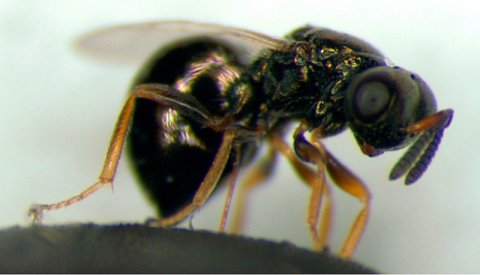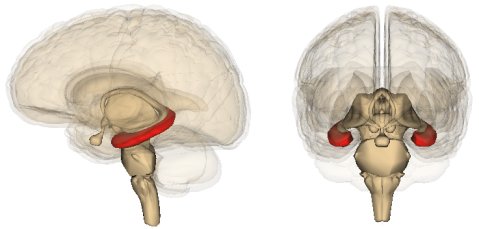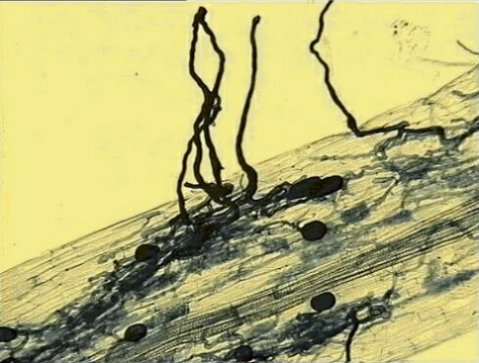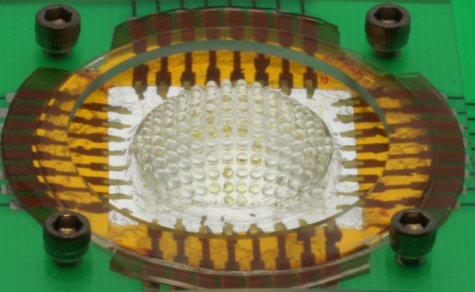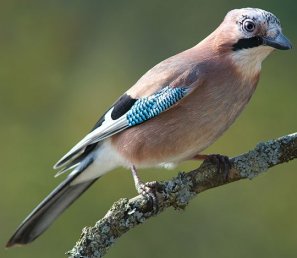The video above shows you the jumping prowess of a juvenile Issus coleoptratus, a species of plant hopper. As its name implies, this insect hops from plant to plant, eating sugar directly from the veins of the plant’s leaves. Believe it or not, jumping is a rather difficult way to travel, because once you are in the air, you don’t have a lot of control over your body’s movement. As a result, the jump itself is very important. Not only must it be aimed correctly, it must happen so that the body stays upright throughout the time it is in the air.
That latter task can be a bit difficult. Imagine, for example, if an insect pushes off really hard with one leg, but not very hard with the other leg. This imbalance would cause the body to start spinning in the air, which would make for horrible aerodynamics and a very difficult landing! The same thing would happen if the pushes were not timed very well between the legs. If one leg started pushing sooner than the other, the insect would once again go spinning out of control. Most jumping insects are designed to deal with this by having their jumping legs arranged on either side of the body. This gives them a larger margin of error when it comes to both the timing and the force of each leg. This is convenient, but it also inherently limits how high and far the insects can jump.
For species of insects that must jump really high and far, the legs must be right under the body. This maximizes the amount of force that goes into the jumping motion, but it also allows for only a tiny margin of error in terms of the timing and relative force of each leg. As a result, these species must coordinate their jumping legs very, very precisely.

